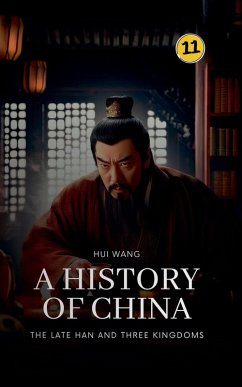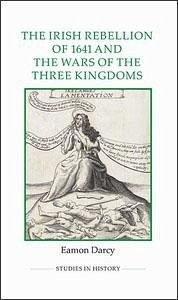
One Thousand Years - The Stories of Giao Châu, the Kingdoms of Linyi, Funan and Zhenla
Volume Two of A Traveller's Story of Vietnam's Past

PAYBACK Punkte
41 °P sammeln!
During the Vietnam War (1954-75), the country was divided at the 17th parallel. About 140 kilometres north of this dividing line is a mountain pass called Ngang Pass. The land south of this pass, about 60 per cent of present-day Vietnam, was occupied for centuries by the kingdoms of Linyi, Funan and Zhenla. But most people either have not heard of them or have only vague ideas about them. This book is about them. North of Ngang Pass, Giao Châu, present-day north central and northern Vietnam, was ruled by northern dynasties for nearly a thousand years from the 2nd to 10th centuries, barring a ...
During the Vietnam War (1954-75), the country was divided at the 17th parallel. About 140 kilometres north of this dividing line is a mountain pass called Ngang Pass. The land south of this pass, about 60 per cent of present-day Vietnam, was occupied for centuries by the kingdoms of Linyi, Funan and Zhenla. But most people either have not heard of them or have only vague ideas about them. This book is about them. North of Ngang Pass, Giao Châu, present-day north central and northern Vietnam, was ruled by northern dynasties for nearly a thousand years from the 2nd to 10th centuries, barring a few intervals of independence. This Volume also tells how the people of Giao Châu came out of this long period to become an independent nation and why they did not want to become part of dynastic China. This is Volume II of the book series, "A Traveller's Story of Vietnam's Past"; it continues where Volume I, "The Bronze Drums and The Earrings", ends. The book contains 73 figures and illustrations. It tells the stories of familiar Vietnamese heroes like the Tr¿ng sisters, Lady Tri¿u, the Black Emperor and Ngô Quy¿n. It also discusses the beginning of Buddhism in Vietnam and the stories of Shi Xie's clan. The stories of Linyi's kings and how the bloodthirsty Fan Wen and his successors prevented the Northern Dynasties from going beyond the Ngang Pass are also explained. The expansion of the Funan territory from southern Vietnam to the Malay Peninsula by Fan Shiman is included. The little-known Nanzhao-An Nam War is also told with some details. The battle of the B¿ch ¿¿ng River in 938, when Giao Châu (Vietnam) gained independence, is recounted. Like Volume I, many places associated with historical events are also described in the book, including the sanctuary of M¿ S¿n and its donation by King Bhavavarman.












